The trade relationship between China and the United States is one of the most significant and complex in the world. With a vast array of goods being exchanged daily, understanding the intricacies of international shipping timelines is crucial for businesses aiming to maintain an efficient supply chain. Whether you’re a seasoned importer or a newcomer to global trade, navigating the shipping process can be daunting. This guide will help you grasp the key factors that influence shipping timelines from China to the US, offering insights into various shipping methods, their pros and cons, and best practices to ensure timely delivery.
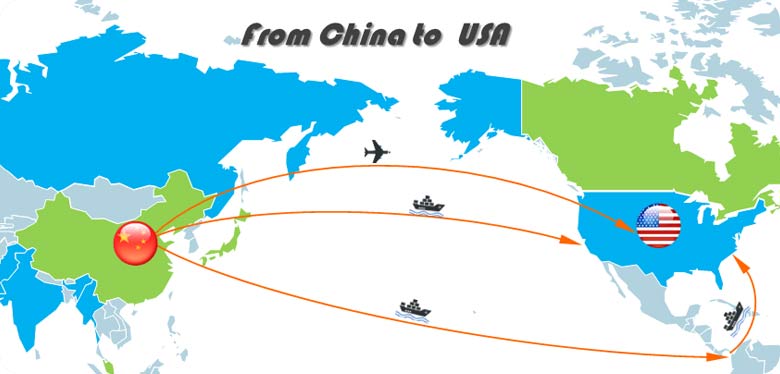
Table of Contents
1. Factors Influencing Shipping Timelines
When it comes to shipping goods from China to the United States, several factors can influence the overall timeline. By understanding these variables, businesses can better plan and manage their supply chain operations.
Geographical Distance
The sheer geographical distance between China and the United States is a fundamental factor affecting shipping timelines. The transit time varies depending on the departure and arrival ports or airports, with coastal cities often having shorter transit times due to direct shipping routes.
Shipping Method
The choice between Air Freight and Ocean Freight significantly impacts shipping times. Air Freight is typically faster, often taking between 3 to 7 days, whereas Ocean Freight can range from 15 to 40 days depending on the specific routes and conditions.
Customs Clearance
Customs clearance is a critical step in the shipping process that can either expedite or delay your shipment. Efficient handling of customs documentation and compliance with both Chinese and US regulations is essential for timely delivery.
Seasonal Variations
Shipping timelines can be heavily influenced by seasonal variations. During peak seasons such as Chinese New Year, Christmas, and Black Friday, the volume of shipments increases, often leading to delays. Planning shipments around these peak times can help avoid unnecessary delays.
Port Congestion
Congestion at major ports is another factor that can impact shipping timelines. Ports like Los Angeles and Long Beach in the US, and Shanghai and Shenzhen in China, can experience significant delays due to high cargo volumes.
Carrier Reliability
The reliability of the carrier chosen for shipping also plays a crucial role. Some carriers have better on-time performance records compared to others. Selecting a reputable carrier can minimize the risk of delays.
2. Detailed Shipping Methods
Understanding the different shipping methods available from China to the United States is key to choosing the one that best suits your needs. Each method has its advantages and disadvantages, and the choice often depends on the nature of the goods being shipped, budget, and urgency.
Ocean Freight
Ocean freight is a cost-effective method suitable for large and heavy shipments. It can be broadly categorized into Full Container Load (FCL) and Less than Container Load (LCL):
- FCL (Full Container Load)
- Description: An entire container is used by a single shipper.
- Typical Transit Times: 15 to 40 days depending on the route.
- Pros: Cost-effective for large shipments, reduced risk of damage.
- Cons: Longer transit times compared to air freight.
- LCL (Less than Container Load)
- Description: Multiple shipments are consolidated into one container.
- Typical Transit Times: 20 to 45 days depending on consolidation and deconsolidation points.
- Pros: Cost-effective for smaller shipments, flexible scheduling.
- Cons: Higher risk of damage, slightly longer transit times due to consolidation processes.
- DDP (Delivered Duty Paid)
- Overview: In a DDP arrangement, the seller assumes responsibility for all transportation costs, duties, and risks until the goods reach the buyer’s location.
- Benefits: Simplifies the shipping process for the buyer, reducing uncertainties related to duties and customs clearance.
Air Freight
Air freight is the fastest shipping method, ideal for time-sensitive and high-value goods:
- Typical Transit Times: 3 to 7 days depending on the route and service level.
- Cost Considerations: Generally higher than ocean freight, but justified for urgent shipments.
- Ideal Use Cases: Electronics, fashion items, and perishable goods.
- Overview: Similar to ocean freight, DDP in air freight means the seller handles all logistics, duties, and risks, delivering goods directly to the buyer’s doorstep.
- Benefits: Ensures a hassle-free experience for the buyer, making it easier to manage inventory and supply chain operations.
By understanding these factors and shipping methods in detail, businesses can make informed decisions that align with their operational needs and customer expectations. Whether choosing the cost-effectiveness of ocean freight or the speed of air freight, each method offers unique advantages that can be leveraged for efficient international shipping.
Dantful International Logistics Services:
- Dantful Ocean Freight Services
- Air Freight From China
- Amazon FBA Freight Forwarding
- WAREHOUSE Services
- One-Stop Customs Clearance Solution
- Cargo Insurance Services in China
- DDP Shipping Services By Dantful Logistics
- Out of Gauge Cargo Transportation Shipping Services
3. Typical Shipping Timelines
Understanding the typical shipping timelines from China to the United States can help businesses better plan and manage their supply chain operations. Below, we break down the expected transit times for both Ocean Freight and Air Freight.
Ocean Freight
Ocean Freight is a popular choice for bulk shipments due to its cost-effectiveness, although it generally takes longer than air freight. Here are the typical timelines for Full Container Load (FCL) and Less than Container Load (LCL) shipments from major Chinese ports to major US ports:
| Departure Port (China) | Arrival Port (US) | FCL Transit Time | LCL Transit Time |
|---|---|---|---|
| Shanghai | Los Angeles | 15-20 days | 20-25 days |
| Shenzhen | New York | 25-30 days | 30-35 days |
| Qingdao | Seattle | 20-25 days | 25-30 days |
| Ningbo | Miami | 30-35 days | 35-40 days |
These timelines can vary based on factors such as port congestion, customs clearance, and seasonal demand.
Air Freight
Air Freight is ideal for time-sensitive shipments, offering much faster transit times compared to ocean freight. Below are the typical timelines for air shipments from major Chinese airports to major US airports:
| Departure Airport (China) | Arrival Airport (US) | Transit Time |
|---|---|---|
| Shanghai Pudong (PVG) | Los Angeles (LAX) | 3-5 days |
| Beijing Capital (PEK) | New York (JFK) | 5-7 days |
| Guangzhou Baiyun (CAN) | Chicago O’Hare (ORD) | 4-6 days |
| Shenzhen Bao’an (SZX) | San Francisco (SFO) | 3-5 days |
These timelines are generally consistent but can vary due to factors such as customs clearance and carrier reliability.
4. Potential Delays and How to Mitigate Them
Shipping delays can disrupt your supply chain and affect your business operations. Understanding potential causes of delays and how to mitigate them is crucial for maintaining efficiency.
Common Causes of Delays
- Customs Clearance Issues: Incomplete or incorrect documentation can lead to delays during customs clearance. Ensuring all paperwork is accurate and compliant with regulations is essential.
- Port Congestion: High cargo volumes, especially during peak seasons, can cause significant delays at major ports.
- Weather Conditions: Adverse weather conditions can affect both air and ocean freight, leading to delays.
- Carrier Reliability: Unreliable carriers with poor on-time performance records can cause unexpected delays.
- Seasonal Variations: Peak seasons such as Chinese New Year, Christmas, and Black Friday can result in longer shipping times due to increased cargo volumes.
Solutions and Best Practices
- Accurate Documentation: Ensure all shipping documents are complete and compliant with both Chinese and US regulations to avoid customs clearance delays.
- Choose Reputable Carriers: Select carriers with strong on-time performance records to minimize the risk of delays.
- Plan Around Peak Seasons: Avoid shipping during peak seasons if possible, or plan well in advance to accommodate potential delays.
- Use Insurance Services: Protect your shipments from unforeseen circumstances that might cause delays.
- Work with a Reliable Freight Forwarder: A trusted freight forwarder like Dantful International Logistics can help manage the entire shipping process, ensuring timely delivery and handling any issues that arise.
5. Choosing the Right Freight Forwarder
Selecting the right freight forwarder is crucial for efficient and reliable shipping. A good freight forwarder will handle all aspects of the shipping process, from documentation to final delivery, ensuring a smooth and hassle-free experience.
What to Look For in a Reliable Freight Forwarder
- Experience and Expertise: Look for a freight forwarder with extensive experience in handling shipments between China and the US.
- Comprehensive Services: Choose a freight forwarder that offers a wide range of services, including Ocean Freight, Air Freight, Customs Clearance, and Warehouse Services.
- Strong Network: A freight forwarder with a robust network of partners and agents can ensure reliable and efficient service.
- Transparent Pricing: Ensure the freight forwarder offers clear and transparent pricing with no hidden fees.
- Customer Support: Excellent customer support is essential for resolving any issues that arise during the shipping process.
Benefits of Using Dantful International Logistics
Dantful International Logistics is a highly professional, cost-effective, and high-quality one-stop international logistics service provider for global traders. Here’s why you should consider working with us:
- Experience and Expertise: We have extensive experience in handling shipments between China and the US, ensuring a smooth and efficient shipping process.
- Comprehensive Services: We offer a wide range of services, including Ocean Freight, Air Freight, Customs Clearance, and Warehouse Services.
- Strong Network: Our robust network of partners and agents ensures reliable and efficient service.
- Transparent Pricing: We provide clear and transparent pricing with no hidden fees.
- Excellent Customer Support: Our dedicated customer support team is always ready to assist with any issues that arise during the shipping process.
By choosing Dantful International Logistics, you can ensure that your shipments from China to the US are handled efficiently and reliably, minimizing delays and maximizing your supply chain performance.
FAQs
What are the main shipping methods from China to the US?
There are primarily two shipping methods:
- Ocean Freight: Ideal for large and heavy shipments. It includes both Full Container Load (FCL) and Less than Container Load (LCL) options.
- Air Freight: Best suited for time-sensitive and high-value goods, offering faster transit times compared to ocean freight.
How long does it take to ship from China to the US?
The shipping time varies based on the chosen method and specific routes:
- Ocean Freight: Typically takes 15 to 40 days for FCL and 20 to 45 days for LCL shipments.
- Air Freight: Generally takes 3 to 7 days.
What is DDP (Delivered Duty Paid)?
DDP (Delivered Duty Paid) is a shipping arrangement where the seller assumes all responsibilities for transportation costs, duties, and risks until the goods reach the buyer’s location. This method simplifies the process for the buyer by reducing uncertainties related to duties and customs clearance.
What is the best time to ship from China to the US?
To avoid delays, it’s best to plan shipments outside of peak seasons such as Chinese New Year, Christmas, and Black Friday. During these periods, the volume of shipments increases significantly, often leading to congestion and delays.
How can I avoid delays during customs clearance?
To minimize delays during customs clearance, ensure all shipping documents are complete and accurate, and comply with both Chinese and US regulations. Working with a reliable freight forwarder like Dantful International Logistics can help streamline the customs process.
What are the benefits of using a freight forwarder?
A freight forwarder like Dantful International Logistics can:
- Handle all aspects of the shipping process, including documentation, transportation, and customs clearance.
- Provide expertise and experience to navigate complex shipping requirements.
- Offer comprehensive services such as Ocean Freight, Air Freight, warehouse services, and insurance services.
- Ensure timely delivery and handle any issues that arise during the shipping process.
What documents are required for shipping from China to the US?
The essential documents for shipping include:
- Commercial Invoice
- Packing List
- Bill of Lading or Air Waybill
- Importer Security Filing (ISF) for ocean freight
- Certificate of Origin
- Any applicable licenses or permits
Accurate and complete documentation is crucial for smooth customs clearance.
How are shipping costs calculated?
Shipping costs depend on several factors, including:
- Shipping method (ocean or air freight)
- Volume and weight of the shipment
- Distance between the departure and arrival points
- Additional services such as insurance and warehouse services
It’s essential to obtain quotes from multiple carriers and consider the total cost, including duties and taxes.
References
- World Bank. Data on trade volumes and shipping efficiency: World Bank Trade Data
- International Chamber of Commerce. Detailed explanations on Incoterms including DDP: ICC Incoterms

Young Chiu is a seasoned logistics expert with over 15 years of experience in international freight forwarding and supply chain management. As CEO of Dantful International Logistics, Young is dedicated to providing valuable insights and practical advice to businesses navigating the complexities of global shipping.



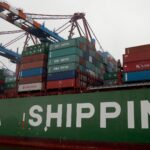

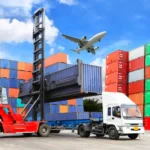

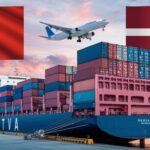

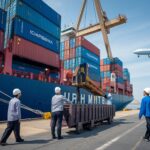

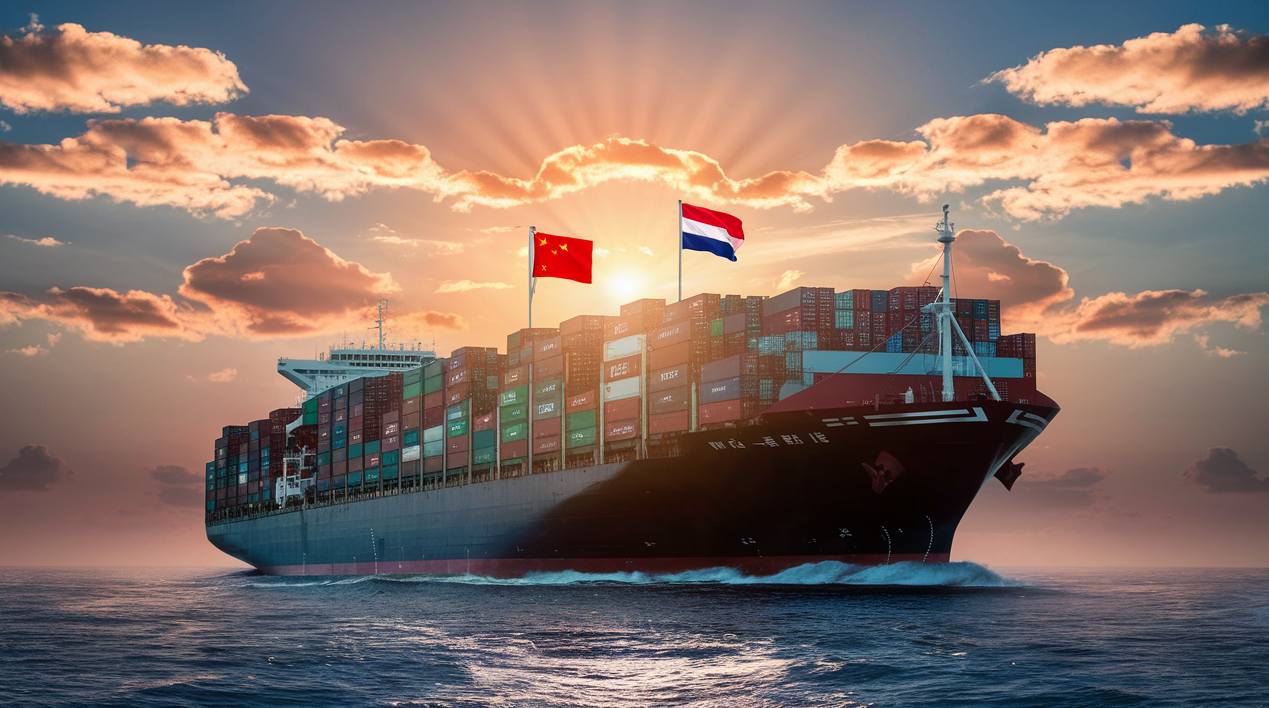
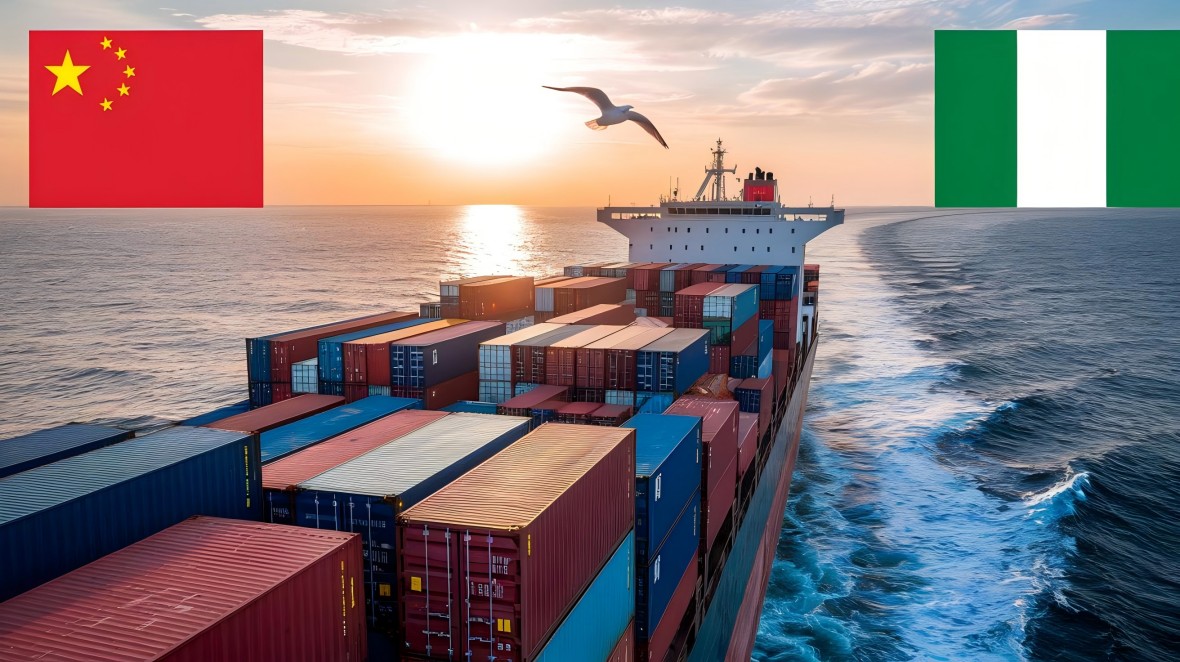
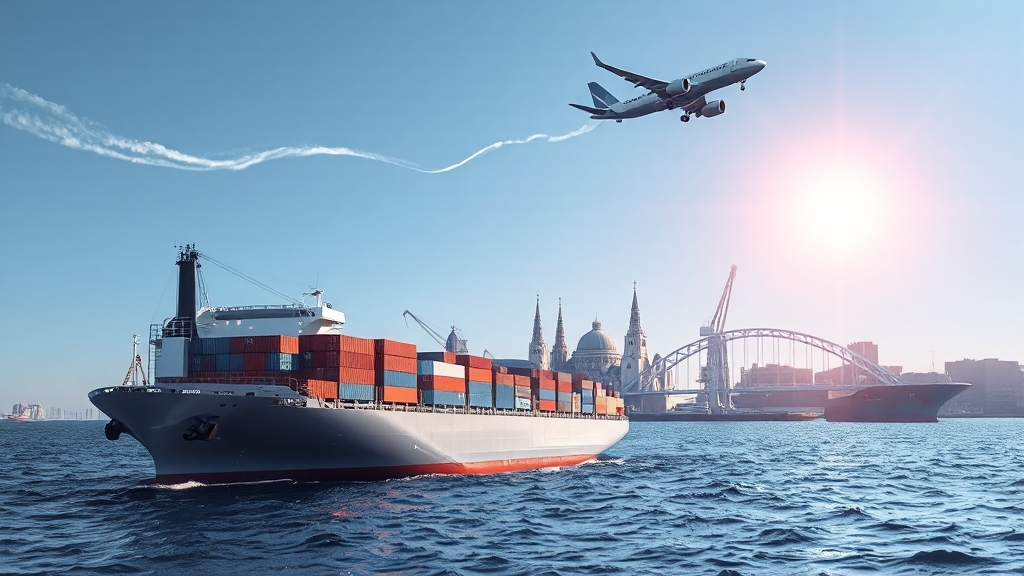
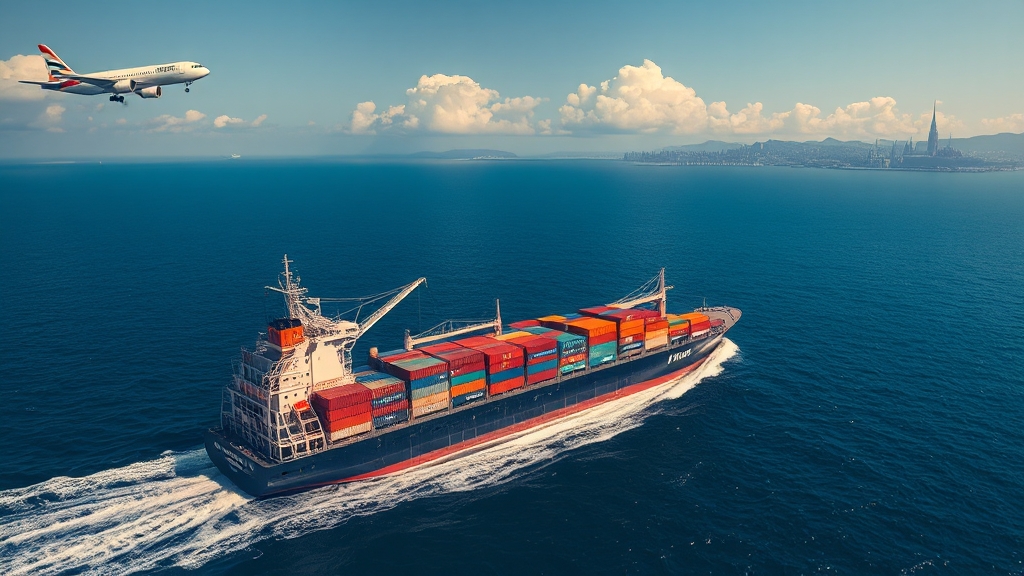
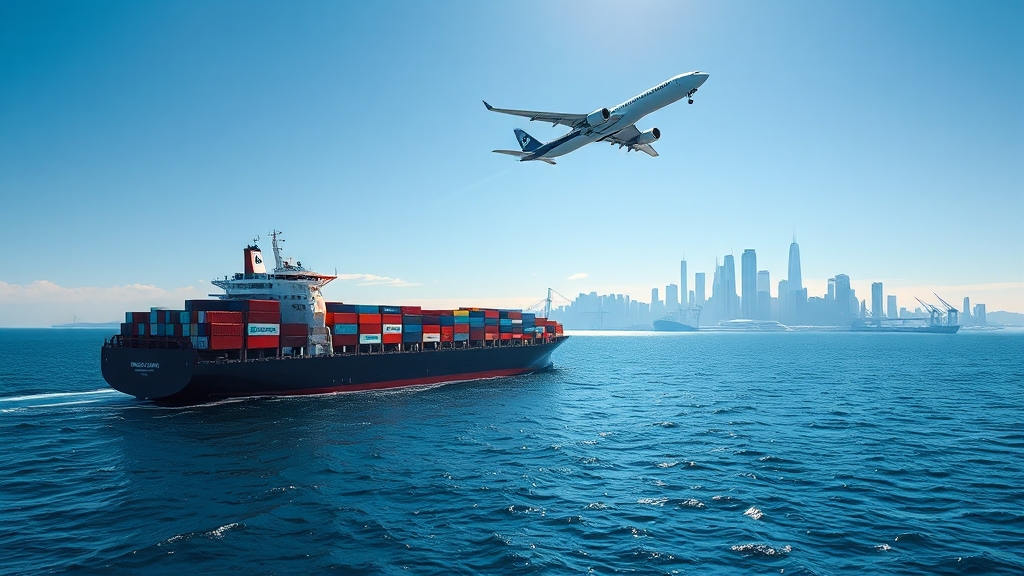





 Afrikaans
Afrikaans Shqip
Shqip አማርኛ
አማርኛ العربية
العربية Հայերեն
Հայերեն Azərbaycan dili
Azərbaycan dili Euskara
Euskara Беларуская мова
Беларуская мова বাংলা
বাংলা Bosanski
Bosanski Български
Български Català
Català Cebuano
Cebuano Chichewa
Chichewa 简体中文
简体中文 繁體中文
繁體中文 Corsu
Corsu Hrvatski
Hrvatski Čeština
Čeština Dansk
Dansk Nederlands
Nederlands English
English Esperanto
Esperanto Eesti
Eesti Filipino
Filipino Suomi
Suomi Français
Français Galego
Galego ქართული
ქართული Deutsch
Deutsch Ελληνικά
Ελληνικά Kreyol ayisyen
Kreyol ayisyen Harshen Hausa
Harshen Hausa Ōlelo Hawaiʻi
Ōlelo Hawaiʻi עִבְרִית
עִבְרִית हिन्दी
हिन्दी Hmong
Hmong Magyar
Magyar Íslenska
Íslenska Igbo
Igbo Bahasa Indonesia
Bahasa Indonesia Gaeilge
Gaeilge Italiano
Italiano 日本語
日本語 Basa Jawa
Basa Jawa ಕನ್ನಡ
ಕನ್ನಡ Қазақ тілі
Қазақ тілі ភាសាខ្មែរ
ភាសាខ្មែរ 한국어
한국어 كوردی
كوردی Кыргызча
Кыргызча ພາສາລາວ
ພາສາລາວ Latin
Latin Latviešu valoda
Latviešu valoda Lietuvių kalba
Lietuvių kalba Lëtzebuergesch
Lëtzebuergesch Македонски јазик
Македонски јазик Malagasy
Malagasy Bahasa Melayu
Bahasa Melayu മലയാളം
മലയാളം Maltese
Maltese Te Reo Māori
Te Reo Māori मराठी
मराठी Монгол
Монгол ဗမာစာ
ဗမာစာ नेपाली
नेपाली Norsk bokmål
Norsk bokmål پښتو
پښتو فارسی
فارسی Polski
Polski Português
Português ਪੰਜਾਬੀ
ਪੰਜਾਬੀ Română
Română Русский
Русский Samoan
Samoan Gàidhlig
Gàidhlig Српски језик
Српски језик Sesotho
Sesotho Shona
Shona سنڌي
سنڌي සිංහල
සිංහල Slovenčina
Slovenčina Slovenščina
Slovenščina Afsoomaali
Afsoomaali Español
Español Basa Sunda
Basa Sunda Kiswahili
Kiswahili Svenska
Svenska Тоҷикӣ
Тоҷикӣ தமிழ்
தமிழ் తెలుగు
తెలుగు ไทย
ไทย Türkçe
Türkçe Українська
Українська اردو
اردو O‘zbekcha
O‘zbekcha Tiếng Việt
Tiếng Việt Cymraeg
Cymraeg יידיש
יידיש Yorùbá
Yorùbá Zulu
Zulu